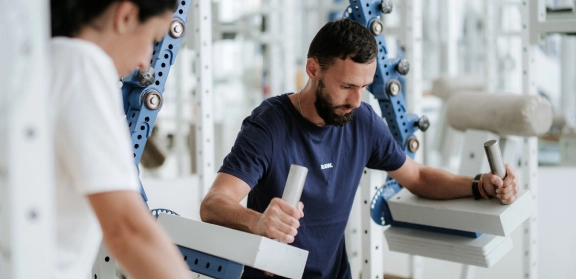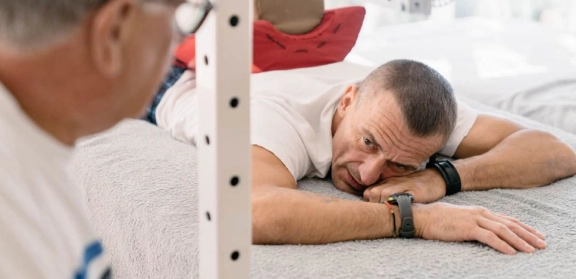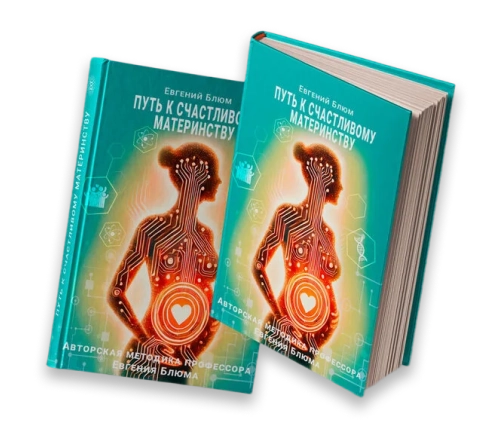Compression Fracture of the Spine Treatment
Our medical strategy
The advantage of Professor Blum's method is that the rehabilitation treatment is conducted comprehensively: locally—at the injury site, regionally—in the injured body segment, and globally—throughout the entire body.
The goal of local procedures is to restore tissue architecture at the injury site by "rearranging" tissues in anatomically correct order. This is crucial for maximising spinal function recovery, eliminating the risk of inter-tissue adhesions and excessive scar formation, and minimising the secondary effects of the injury.
At the regional level, the focus is on all tissues and organs adjacent to the damaged vertebrae, including muscles, ligaments, blood vessels, and nerves. The goal here is to restore motor activity, reestablish muscle-joint balance in terms of amplitude, strength, and morphology, starting with the deep single-joint muscles, from bones and joints to the surface.
The global level aims to "reassemble" the entire body—restoring the muscle framework, optimising the body’s geometry disrupted by the injury, realigning the pelvis, spinal curves, head posture, chest shape, and joint alignment. This is essential for motor activity, full-range movements, increased strength and endurance, and prevention of complications and long-term consequences of the injury.

What consequences of spinal compression fracture can be eliminated through rehabilitation?
- Motor impairments, paralysis
- Vertebral instability, spinal canal stenosis
- Spinal cord compression, dysfunction of internal organs
- Nerve root compression—radiculitis, neuritis
- Kyphotic deformity of the thoracic spine
- Chest deformities, displacement of the heart, lungs, diaphragm
- Spinal curvature, severe scoliosis
- Pain
Comprehensive rehabilitation after a compression fracture of the spine is a complex and lengthy process that should begin immediately after the patient's condition is stabilised.
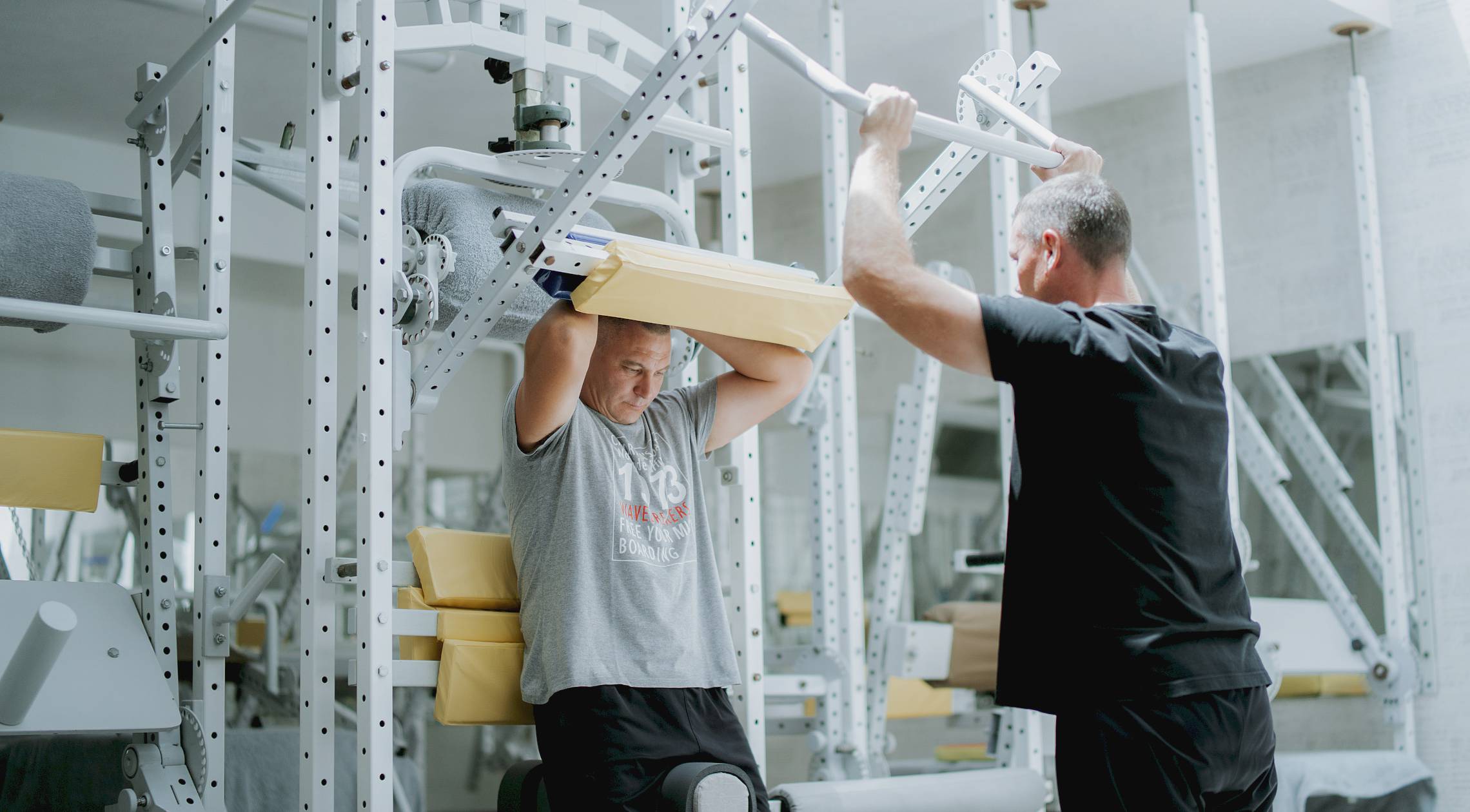
General Description of the Problem
A traumatic primary compression fracture occurs when the spine is subjected to severe compression due to an impact or fall onto straightened legs, falling from a height, car accidents, or sports injuries. The shockwave creates a "blast" effect, causing one or more vertebrae to collapse, with fragments damaging adjacent organs, muscles, ligaments, nerves, and blood vessels.
Secondary compression fractures result from specific diseases that reduce bone density and strength. This can occur in cases of spinal disc herniation, osteoporosis, tumours, or metastasis to the spine. In such cases, even a minor body twist or bend can cause vertebrae to collapse and compress.
The severity of a fracture depends on the level of damage, with cervical and thoracic vertebral fractures being the most dangerous. This is because the spinal nerves at these levels control the functions of vital organs such as the heart, lungs, bronchi, and oesophagus. If the spinal cord is damaged during a spinal injury, its functions—reflex and conduction—are impaired, leading to corresponding symptoms.
When reflex function is impaired, vasomotor, digestive, respiratory, sexual, as well as defecation and urination reflexes are reduced or completely lost. If the conduction function is disrupted, the transmission of impulses from the brain to the organs and back is affected, leading to impaired movement of the upper and lower limbs and dysfunction of internal organs.
-
Gradual restoration of lost motor activity
-
Recovery of normal range of motion
-
Pain relief
-
Strengthening the spinal muscle structure
-
Restoration of spinal cord conductivity
-
Improvement of muscle strength and endurance
-
Rehabilitation of organs affected by the injury
Objectives of the program
-
Restoration of the injury epicentreImproving blood flow, lymphatic flow, and cerebrospinal fluid circulation to accelerate healing processes and minimise the extent of the injury.
-
Restoration of the spine’s support and motor functionStrengthening the muscle framework, rebuilding the muscle-ligament system, restoring joint balance, stabilising the spine, and recovering its mobility.
-
Elimination of complications and consequences of the injury.Addressing back pain, vertebral instability, kyphotic deformity of the thoracic spine, spinal cord compression, neurological disorders, dysfunction of internal organs, and paralysis of the limbs.
Proprietary method
We develop a personalised comprehensive recovery program for spinal compression fractures, setting realistic goals based on diagnostic results using Professor Blum’s proprietary anatomical-morphological-and-functional system.
The program takes into account the level of spinal injury, the type of damaging factor, the extent of damaged tissues, the condition of the spinal cord, the type of surgery performed, the presence of spine-stabilising structures, secondary injuries, the condition of internal organs, and the total time spent immobile.
At our Centre, patented rehabilitation modular exercise machines are used to selectively target the affected areas of the spine, improving blood flow and microcirculation, creating optimal conditions for proper healing and tissue recovery. The controlled, precisely directed load helps to gradually and safely eliminate pain and restore movement. Each patient works with a trained personal instructor who implements the individualised program under the direct supervision of Professor Blum.
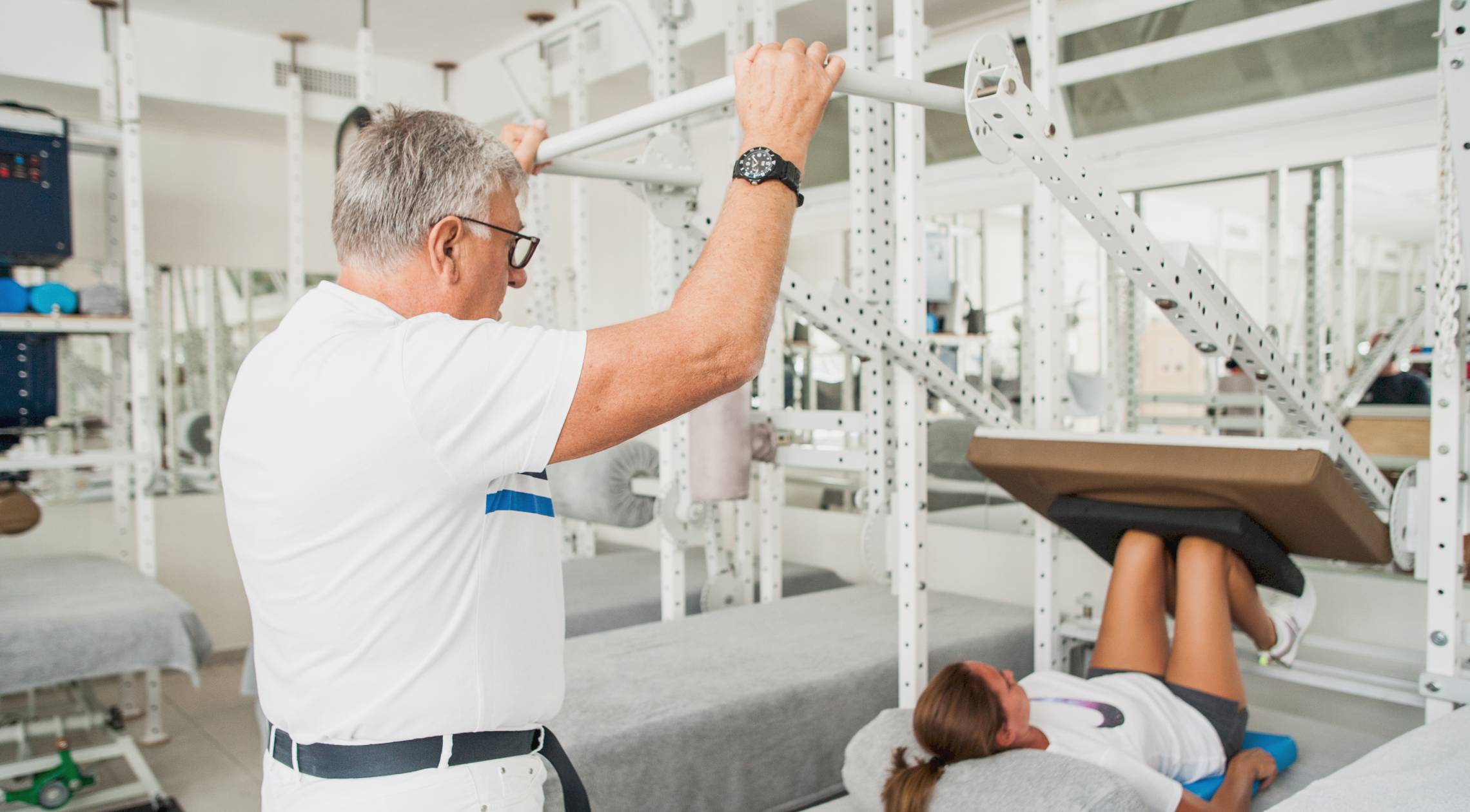
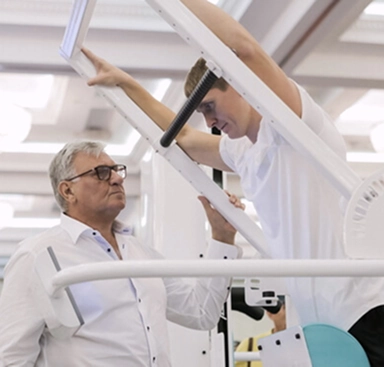
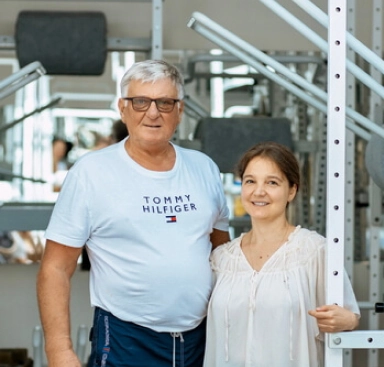
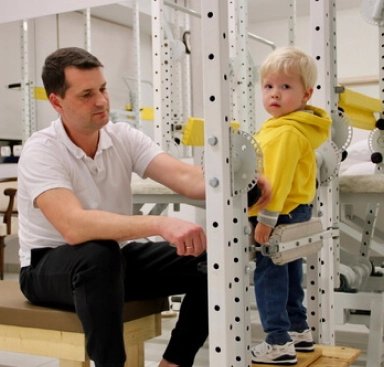
Patient stories

Professor Blum’s Exclusive Rehabilitation System

The center is located in a picturesque corner of the renowned resort town of Marbella, surrounded by cedar trees at the foot of La Concha mountain. Here, science and technology blend with nature, creating a space where the body returns to balance and harmony.
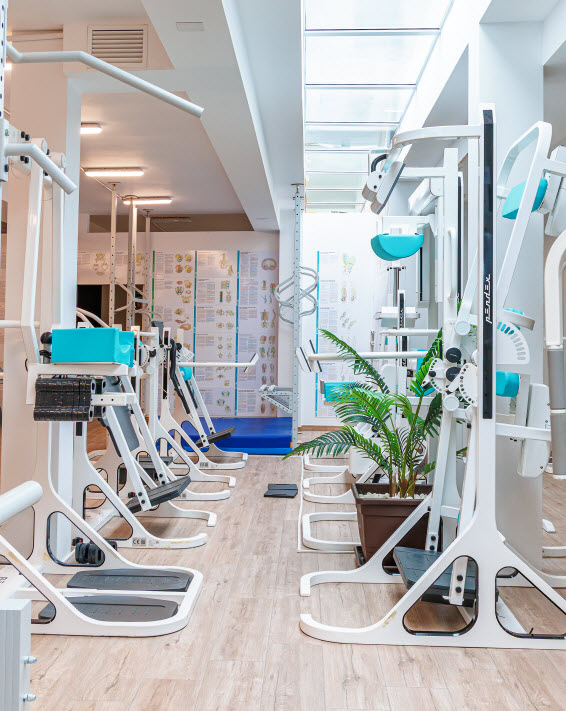
Technologies that deliver results
Select a program
- Personalized Health Recovery Programs
- Disease Prevention
- Customized Check-Up
Q&A
To measure the quality of rehabilitation and the patient's recovery dynamics, a test developed by the American Academy of Physical Medicine and Rehabilitation is used as the standard method for assessing functional impairments in rehabilitation facilities—the Functional Independence Measure (FIM). This is a global standard. The key areas evaluated include:
- Movement – how the patient stands up, sits down, walks, goes up and down stairs, runs, and manoeuvres.
- Self-care – dressing, washing, cooking, cleaning, and driving.
- Pelvic functions – control of urination and defecation.
- Cognitive function – attention, memory, understanding, and expression of thoughts.
- Higher cortical function – thinking, reasoning ability, logic, analysis, and returning to work.
Professor Blum's method restores inflow, outflow, and microcirculation, initiating blood flow through vessels and capillaries, enhancing the circulation of lymph and cerebrospinal fluid in and around the injury epicentre. This activates metabolism and the formation of new cells, reigniting the regeneration of nerve structures and reactivating dormant neurons. These processes are essential to reducing the growth of fibrous tissue and preventing the formation of cysts and cavities in the injury area, which could otherwise hinder further functional recovery. This approach maximises the restoration of functions during the main rehabilitation phase, which is, undoubtedly, the primary goal for our patients.
Yes, in some cases, relatives come to the Centre, meet with Professor Blum, discuss all questions, visit the hotel, inspect the accommodation conditions to prepare as much as possible for the patient's transfer from the hospital directly to us.
Yes, we organise transportation from any clinic to our Centre.
Most often, Professor Blum's method yields positive results even in the late recovery period. Everything depends on the complexity of the injury, previous treatment, and the overall condition of the body. To get a detailed answer, schedule a free consultation with a Centre doctor.
The cost of rehabilitation is 600 euros per day without accommodation, from 719 euros per day with accommodation in a standard double room at the hotel on the Centre’s premises. The exact duration and cost of the treatment course are determined after consultation with the doctor.
The most effective period in rehabilitation is considered to be the first 3-6 months after the injury. During this "rehabilitation window," the nervous system has a large reserve of recovery resources that need to be maximally utilised. The earlier rehabilitation is started after spinal cord and spinal injuries, the better the treatment results.
The post-traumatic rehabilitation process is divided into several stages:
- Specialist consultation.
Online consultation with a rehabilitation therapist: review of medical history, complaints, treatment results, determination of the duration and cost of the treatment course. If necessary, a plan for additional examination is developed. -
Determination of the rehabilitation plan.
Consultation with Professor Blum and a rehabilitation therapist.
Examination, biomechanical testing, diagnosis according to the proprietary system, determination of problems and their priority, development of an individual comprehensive rehabilitation program. -
Attendance at sessions.
In accordance with the developed program, the patient attends sessions at the Centre. The rehabilitation therapist evaluates the progress and adjusts the program. -
Finishing the treatment course.
Receiving recommendations and a set of exercises to do at home.
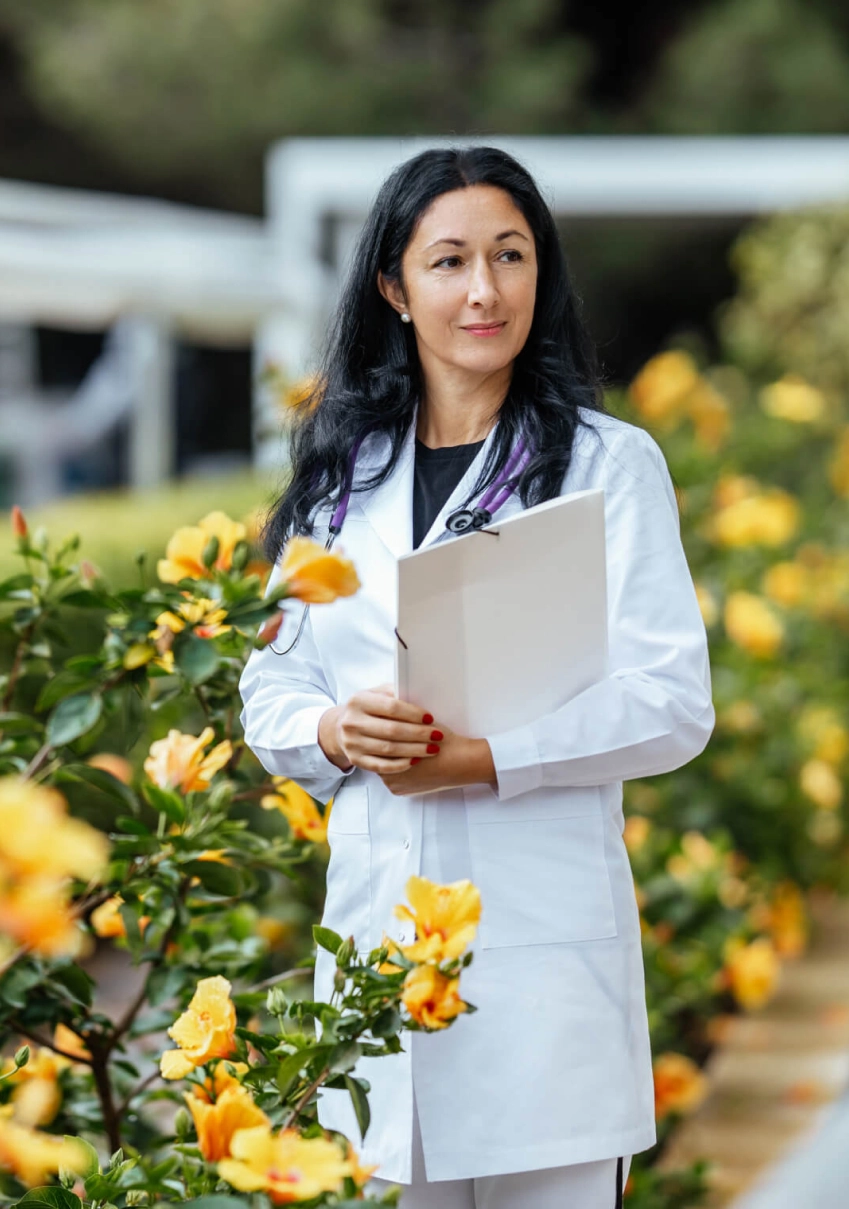
The cost of a course of treatment with a stay in a hotel
- Appointments and consultations
- Creating an individual program
- Conducting personal sessions
- Appointments and consultations
- Creating an individual program
- Conducting personal sessions
Other areas of work of our Center
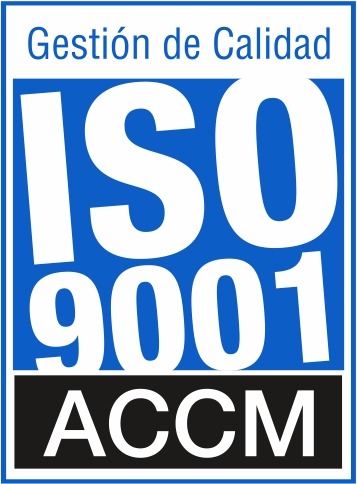







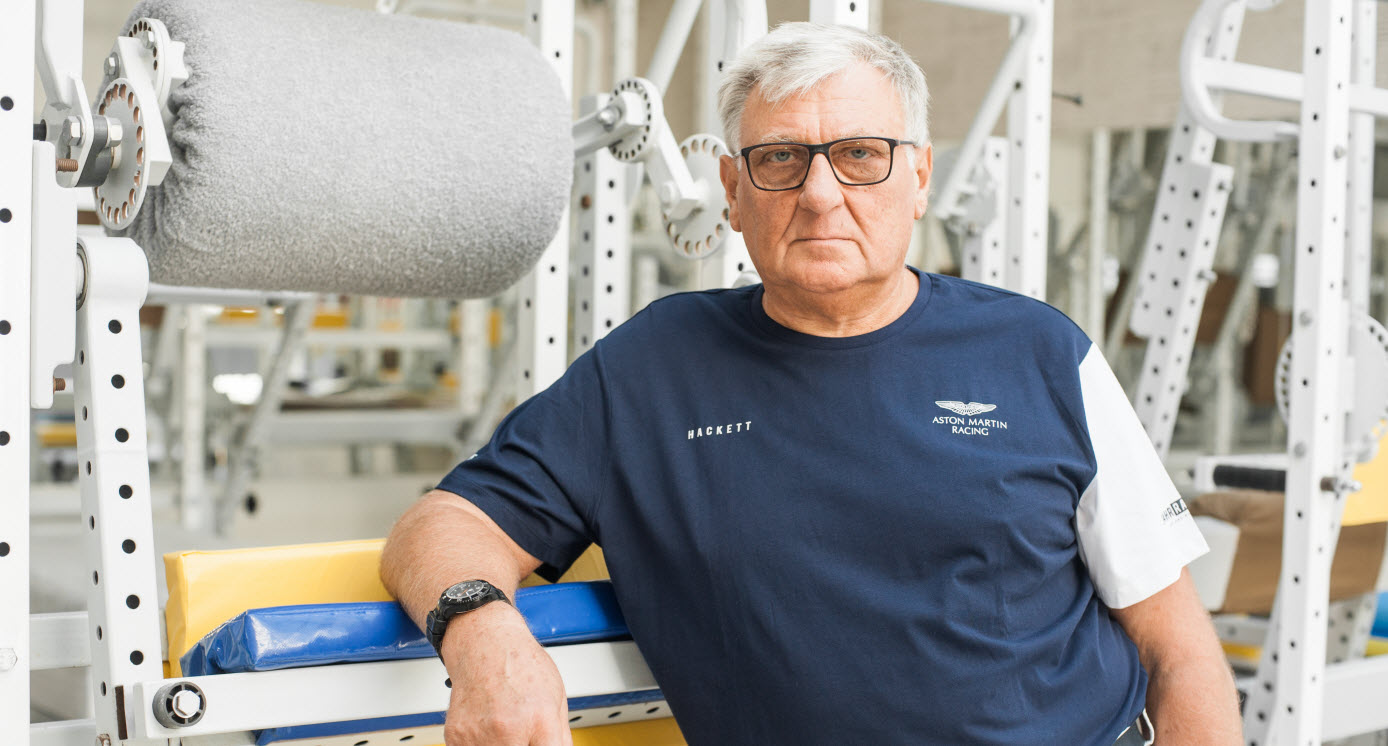


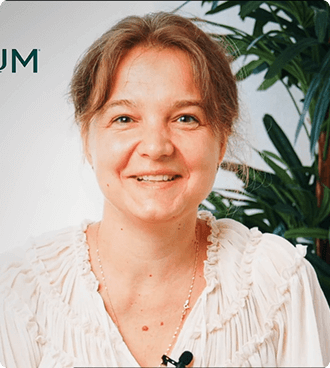
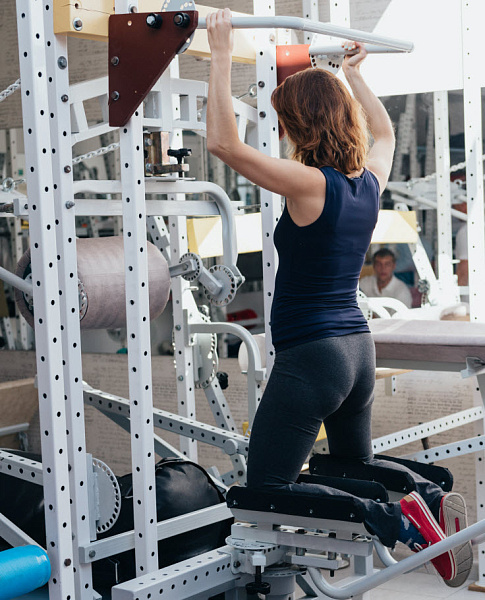
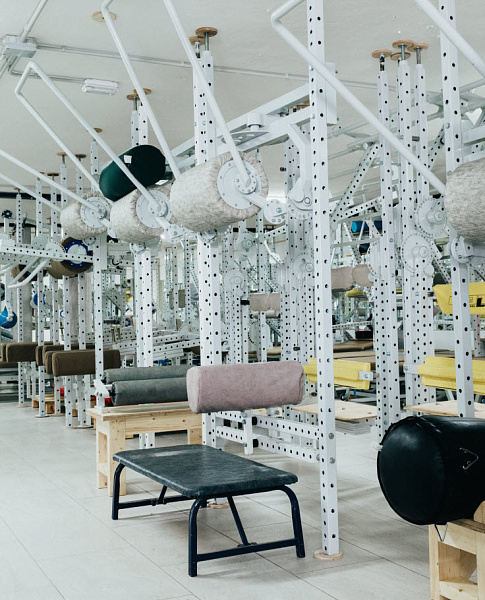

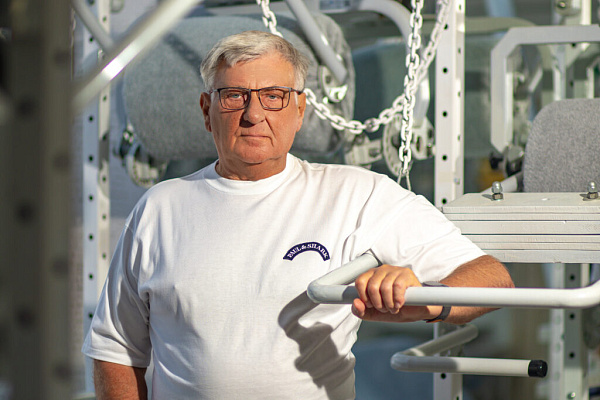
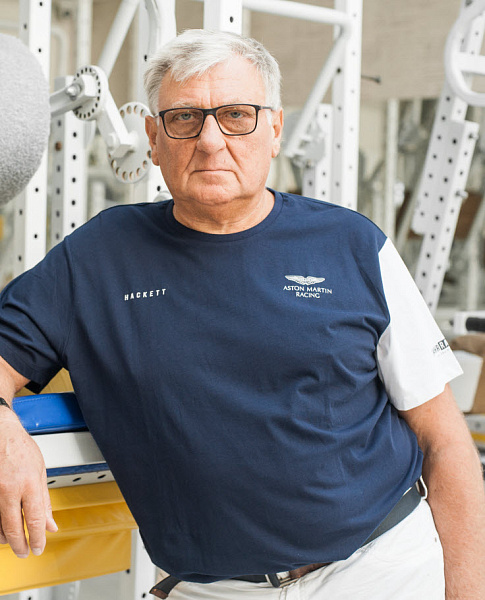

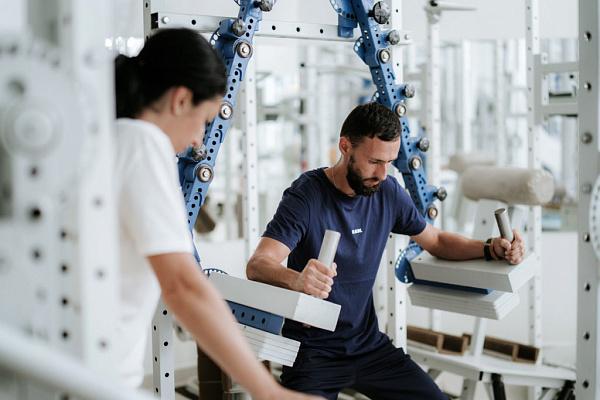
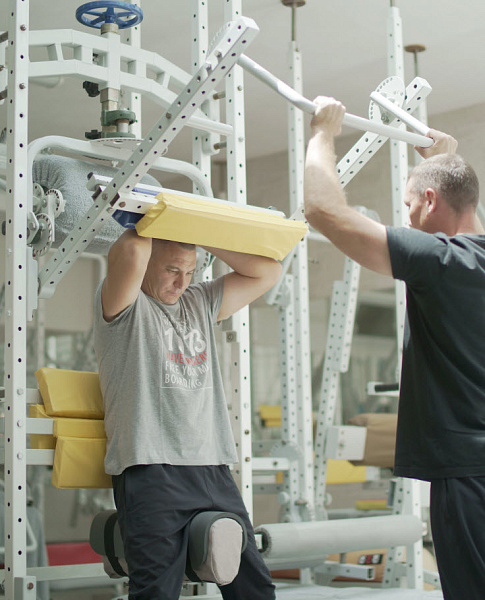
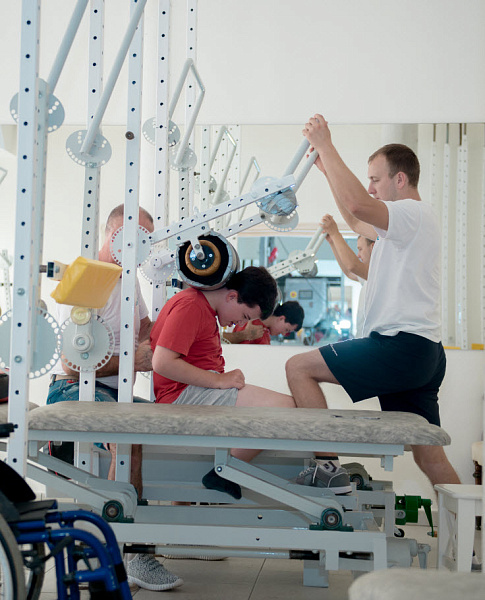
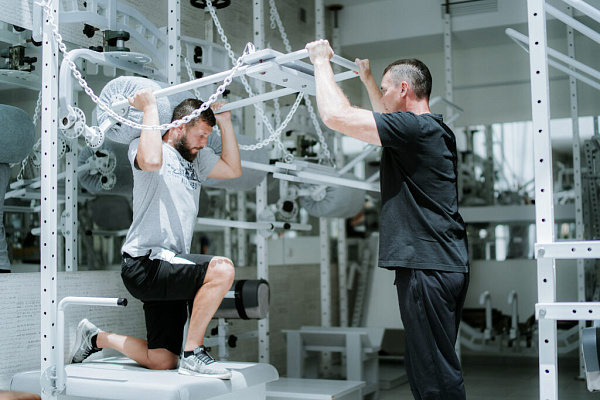
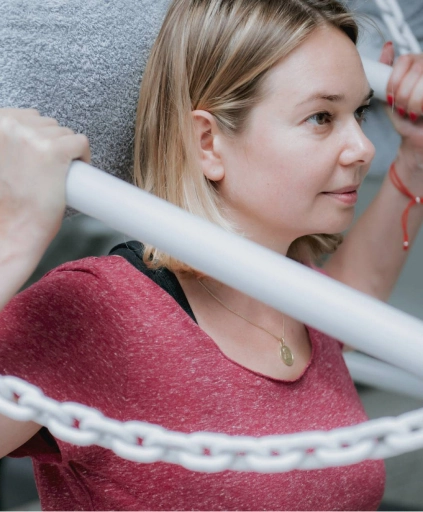
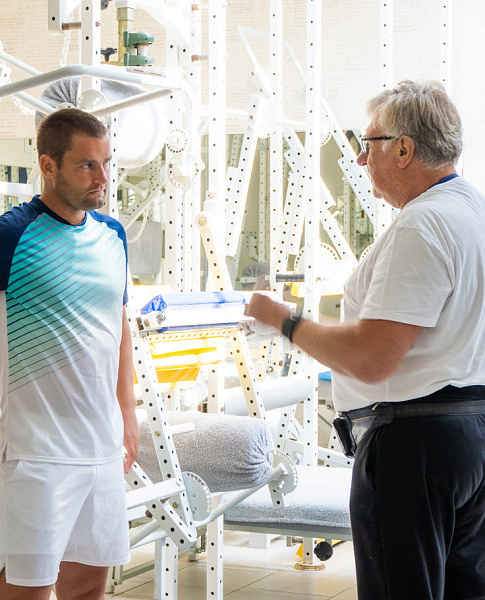

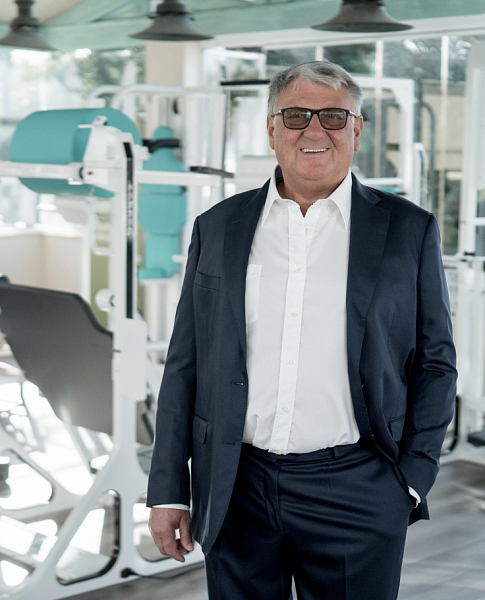

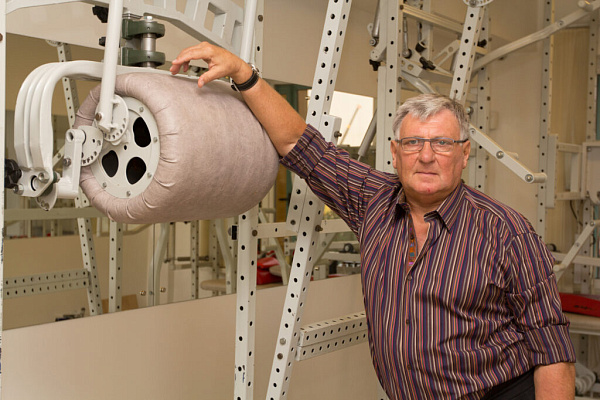
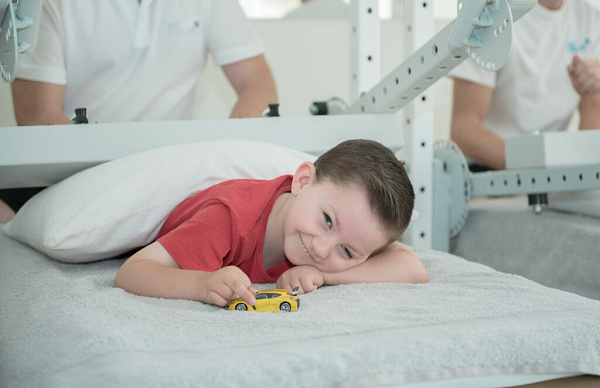
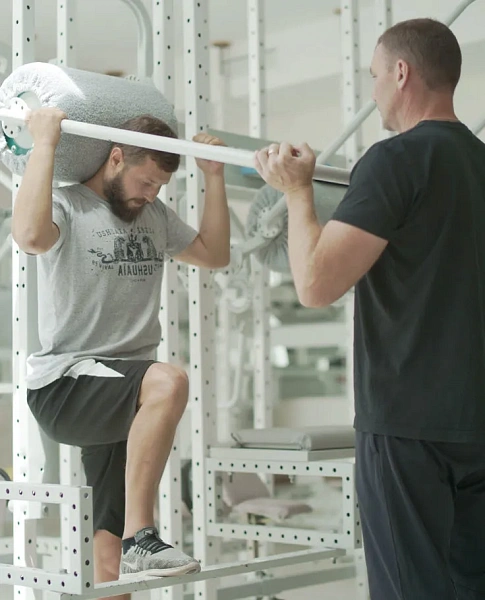
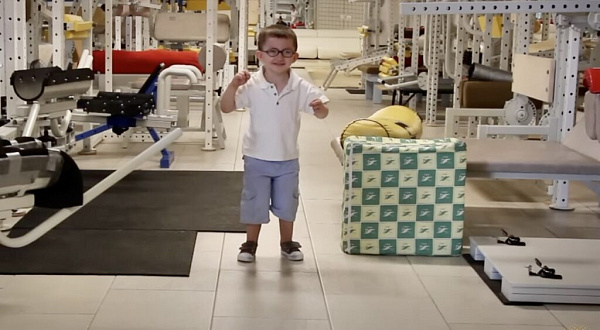
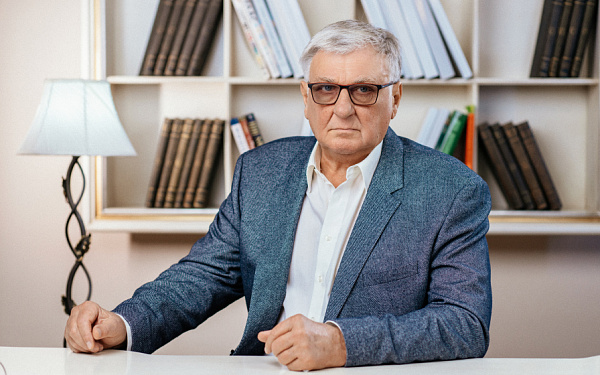
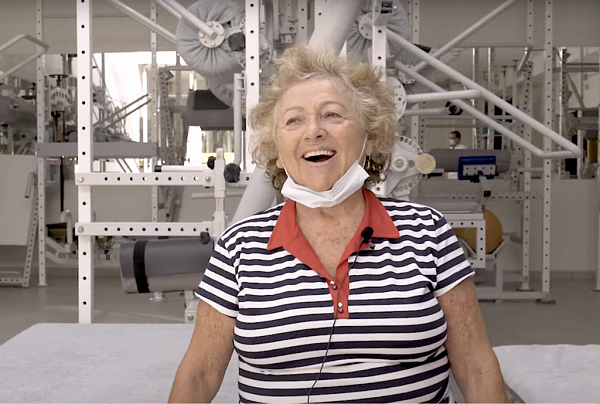

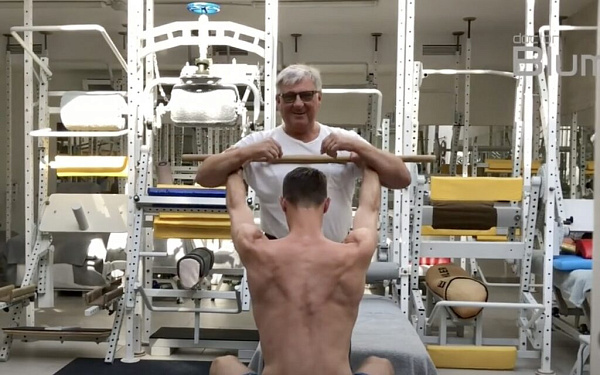
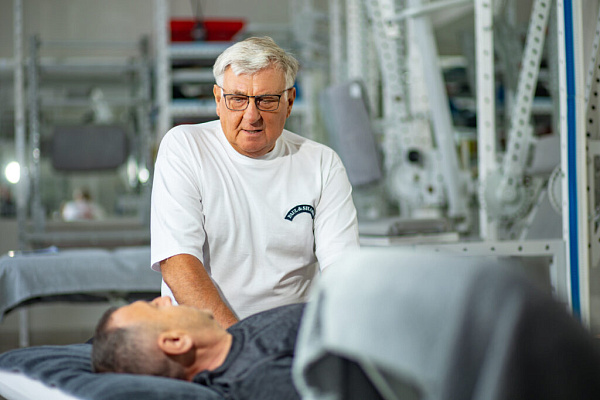

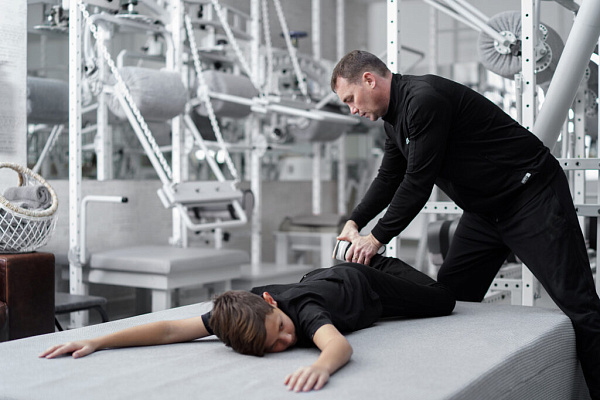

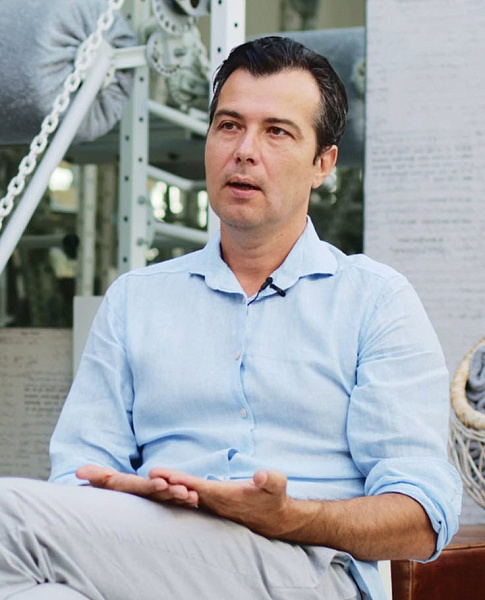
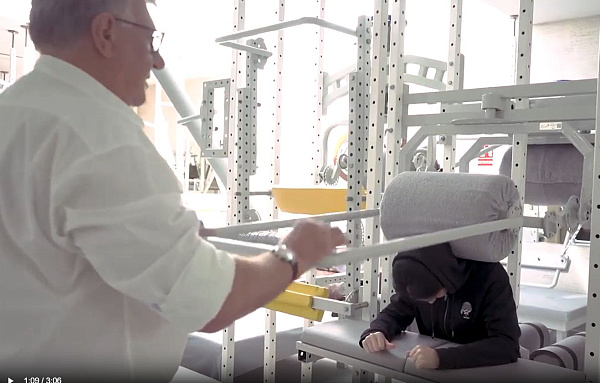
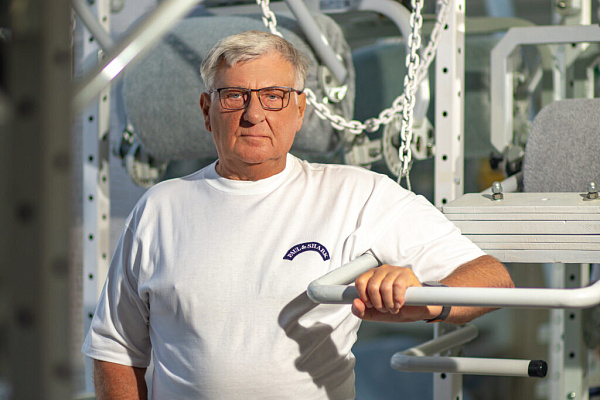
.webp)
